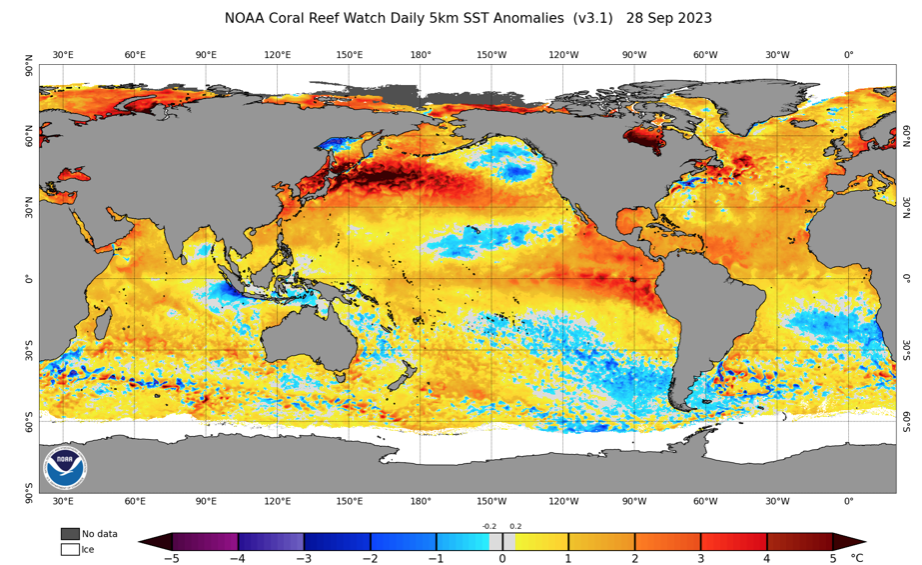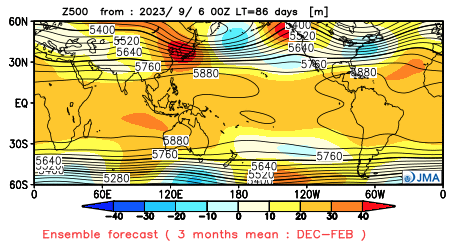Updated 12.14.23 @ 7:22a
Right out of the gate, let’s look at the pattern drivers over the course of the next couple of weeks. By now, you know this starts with the MJO. One has to love the alignment of at least quickly moving out of the current warm phases and into the colder phases. By the 28th, both the GFS and European show us emerging into those colder phases.

The thought here is that we sneak into Phase 8 prior to month’s end and then roll into Phase 1 as we get into early January. The respective temperature composites are below.


That leads us to the PNA and EPO. (Remember, we’ll put more weight into the influence the NAO and AO can have on the regime after mid-January).
The PNA, or Pacific North American pattern, remains in a favorable state for eastern cold.


However, the EPO doesn’t want to play nice and will put pressure on any sort of sustained, meaningful cold getting involved over the next 10 days- that is until the MJO gets into the cold phases.

The JMA Weeklies show the progression of the upper pattern best, in my opinion, from any of the long range data that’s currently available for the late December-1st half of January timeframe.



We’ve had several new subscribers of IndyWx.com All-Access over the past couple of weeks so I wanted to take time to drop a direct link to our annual Winter Outlook. As we get set to put a bow on the first month of meteorological winter, there’s no change to our ongoing idea of the winter as a whole here.
I originally thought the shift to a colder pattern would take shape around 12/20 (give or take a couple of days). While that idea appears to be too aggressive, there’s certainly no backing away from the colder pattern progression as a whole, at least from my perspective. The expectation is that we do, indeed, get into the colder phases of the MJO and that sets off the larger global signal that will likely shift the EPO into a colder phase. It’s interesting that the European Weeklies show this exact thing taking shape down the road (once past 1/1).

While we’re not of the thought this evolves into anything frigid (some sort of overwhelming arctic air mass, for example), we do want to double down on the idea of a slightly colder than normal regime taking hold as we get into the new year. The thought here is that this slightly colder than normal pattern will also have staying power through a good chunk of January, given where I believe the MJO will spend the majority of time. What’s also of interest is the energized southern stream beginning to show itself (going to be one heck of a storm roaring out of the Gulf this weekend). I’d imagine we’re only just beginning to see the active pattern take hold and it won’t take much to get a storm or two to try and phase with northern stream energy if we see the evolution take hold that I envision down the road. At the very least, it’s certainly not a boring pattern.
We’ll have more detailed thoughts on the weekend and next week’s pattern in our updated Client video that will be posted a bit later today!

















